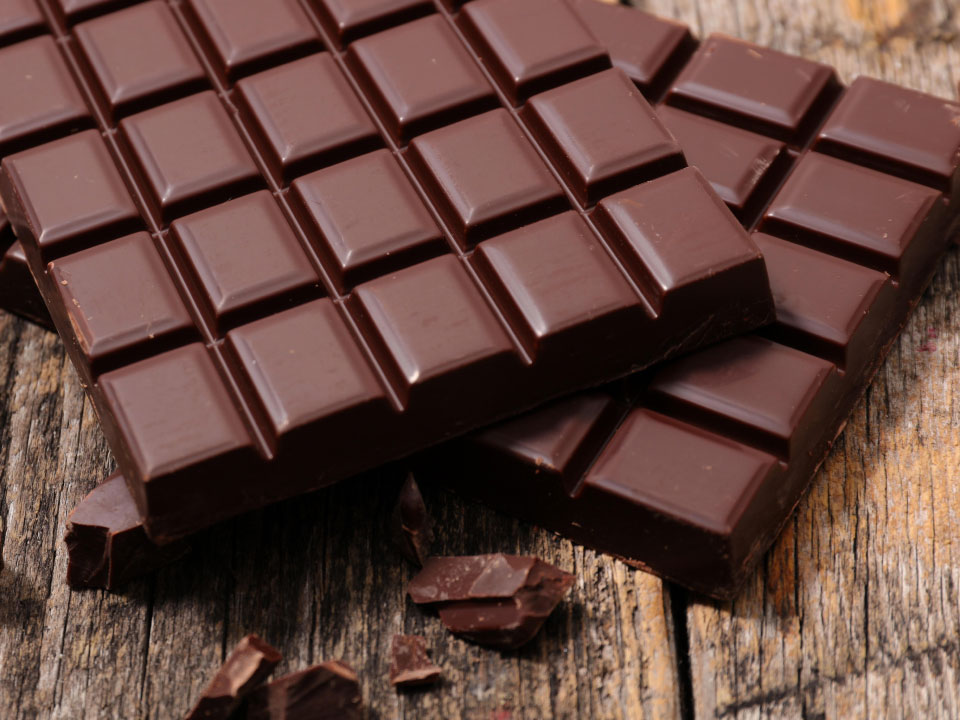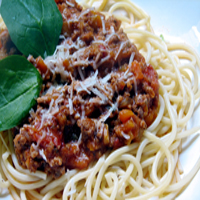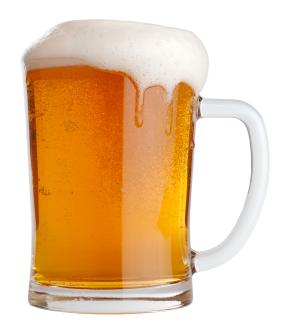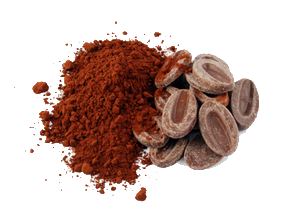
Manufacturing

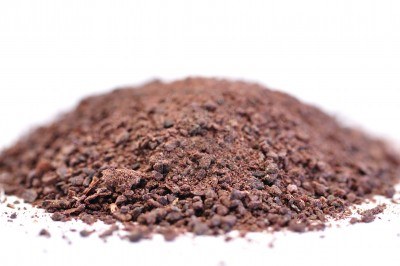 During the grinding, the cocoa kernels are pressed through a number of rollers, resulting in gove parts that eventually turn into a warm paste due to the friction created by the grinding. Then a second grinding follows to grind the particles to the desired size (+/- 25-50 micrometers).
During the grinding, the cocoa kernels are pressed through a number of rollers, resulting in gove parts that eventually turn into a warm paste due to the friction created by the grinding. Then a second grinding follows to grind the particles to the desired size (+/- 25-50 micrometers).Large parts provide a coarse chocolate, very fine particles deliver a sticky chocolate. After grinding, the mass ends up in shallow metal containers.
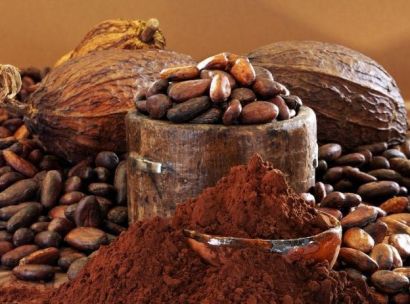 During the mixing of the beans, different varieties go into a cylindrical mixing machine before being brought to the grinders.
During the mixing of the beans, different varieties go into a cylindrical mixing machine before being brought to the grinders.Mixing beans for cocoa powder is less complicated than for chocolate. The edible chocolate mixture requires a lot of knowledge from the chocolatier. Each bean adds its own characteristic flavors to the blend and this process can only be influenced after years of experience. The final flavor is ultimately achieved by mixing two, three or more varieties after roasting. As with wine, the chocolatier must determine how much strong and mild beans are needed for a blend that yields good chocolate, and the formulas are, of course, a secret.
 During grinding, the cocoa nibs are pressed through a number of rollers, which yields goo parts that eventually turn into a warm paste due to the friction caused by grinding. This is followed by a second grinding to grind the particles to the desired size (+/- 25-50 microns).
During grinding, the cocoa nibs are pressed through a number of rollers, which yields goo parts that eventually turn into a warm paste due to the friction caused by grinding. This is followed by a second grinding to grind the particles to the desired size (+/- 25-50 microns).
 During the mixing of the beans different types go into a cylindrical mixing machine before they are taken to the grinders.
During the mixing of the beans different types go into a cylindrical mixing machine before they are taken to the grinders.
Mixing beans for cocoa powder is less complicated than for chocolate. The mix for edible chocolate requires a lot of knowledge of the chocolatier. Each bean adds its own characteristic flavors to the blend and only after years of experience can this process be influenced. Ultimate taste is ultimately achieved by mixing two, three or more types after they have been roasted. Just as with the wine, the chocolatier has to decide how much strong and mild beans are needed for a blend that produces a good chocolate and the formulas are of course secret.




